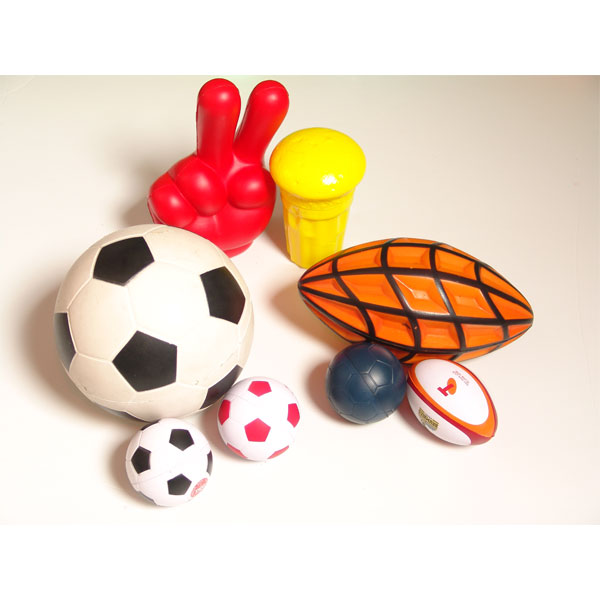The PU paint spraying process generally includes the following steps:
Surface preparation: Clean the surface to ensure that there are no impurities such as dust, oil, and moisture. Cleaning agents or degreasing agents are often used for cleaning.
If there are rust or uneven areas on the surface, they need to be sanded, polished or removed.
Primer spraying: Spraying primer helps to improve the adhesion of PU paint, prevent oxidation and enhance the flatness of the paint surface; after spraying primer, keep it for a certain period of time to allow it to dry fully.
Mid-coat: If necessary, spray mid-coat to fill small surface defects and provide more protection. The mid-coat also needs to be dried after brushing.
PU topcoat spraying: Use a spray gun to evenly spray PU topcoat, spray 2-3 times as needed to ensure the thickness and gloss of the paint surface.
After each spraying, make sure that the coating is dry, and the drying time is usually adjusted according to environmental conditions.
Drying and curing: PU paint needs to be dried after spraying, usually by natural drying or baking. Drying usually requires setting the temperature and time according to the requirements of different paint types. After complete curing, the paint surface reaches the best hardness and wear resistance.
Grinding and polishing: If the coating surface is uneven or has tiny bubbles or impurities, perform appropriate grinding and leveling. Finally, polish to enhance the gloss of the paint surface and ensure the overall appearance quality.
Inspection and repair: Check whether the overall coating is uniform and flawless. Repair local defects.
Packaging: After the inspection, perform post-processing such as cleaning and packaging to ensure the quality of the finished product.
These steps may vary depending on different products and process requirements, but the general process is as follows.


